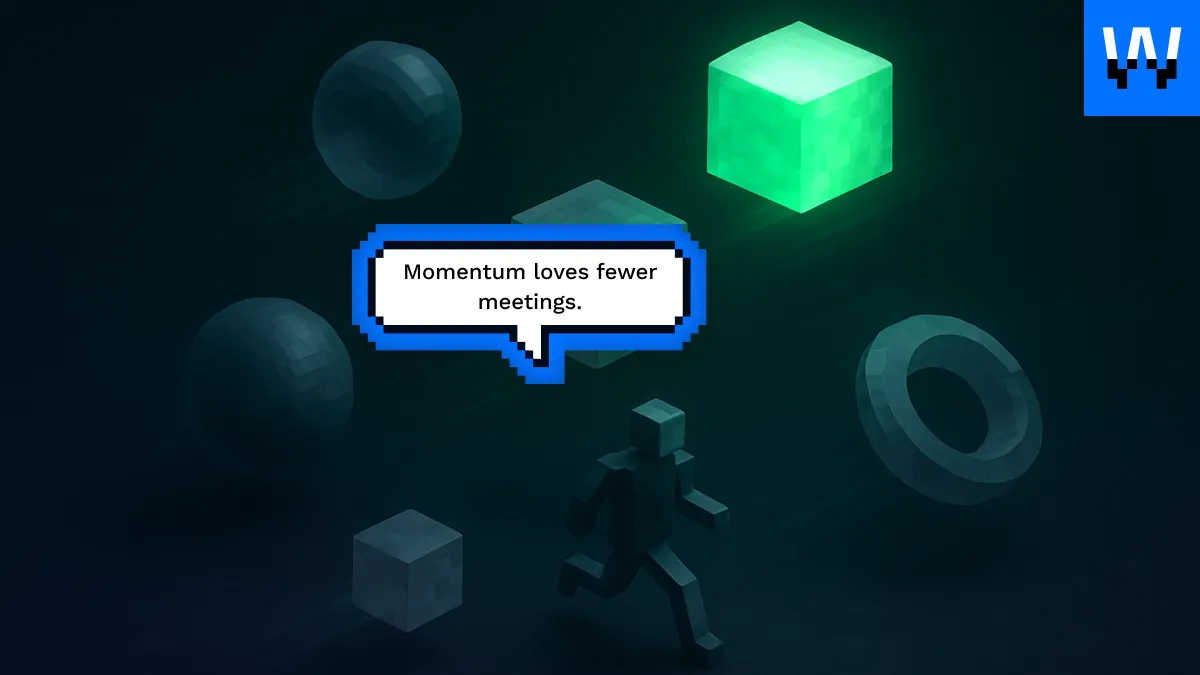How to Hire an IoT Development Team
As the Internet of Things (IoT) continues to revolutionize industries, hiring a capable IoT development team becomes a strategic move for businesses looking to innovate. IoT projects demand expertise in hardware, software, connectivity, and security. This guide outlines the steps to hiring a team that will help you navigate the complexities of IoT development.
Why Hire a Specialized IoT Team?
IoT development requires a mix of skills that aren’t always found in traditional development teams. A specialized team ensures:
- End-to-end solutions: From hardware prototyping to cloud integration.
- Enhanced security: Protecting devices and networks from vulnerabilities.
- Scalability: Designing systems that grow with your business needs.

Step 1: Define Your IoT Project Scope
Clarify your project’s:
- Objective: Are you creating smart wearables, industrial IoT devices, or consumer electronics?
- Hardware needs: Determine if off-the-shelf components or custom hardware are required.
- Connectivity standards: Choose protocols like Zigbee, Bluetooth, or LoRaWAN.
- Data management: Specify storage and analytics needs on cloud platforms like AWS IoT or Azure.
- Security requirements: Highlight encryption standards and compliance regulations.
These steps align with best practices in Modern hiring strategies
Step 2: Assemble the Right Team
An effective IoT team includes:
- IoT architects: Design scalable system architectures.
- Embedded systems engineers: Develop firmware and integrate hardware.
- Mobile and web developers: Build user interfaces and dashboards.
- Data scientists: Analyze sensor data for actionable insights.
- Cybersecurity specialists: Protect devices and networks.
For large-scale projects, you may also need QA testers and DevOps engineers. This team composition reflects the Global hiring tools
Step 3: Select the Best Hiring Model
Choose a hiring model based on your project’s scope and timeline:
- In-house team: Suitable for long-term IoT development but comes with higher costs.
- Freelancers: Ideal for short-term or specialized tasks.
- Outsourcing firms: Provide end-to-end IoT development.
- IoT-specific platforms like Wild.Codes: Connect with vetted IoT developers and teams with proven expertise.

Step 4: Vet Candidates Thoroughly
When hiring IoT experts, focus on:
- Technical skills: Expertise in protocols like MQTT, cloud platforms, and embedded programming.
- Relevant projects: Portfolios demonstrating similar IoT solutions.
- Problem-solving: Ability to handle hardware-software integration challenges.
- Communication skills: Essential for cross-disciplinary collaboration.
- Ensure candidates align with Efficient talent strategies
Step 5: Equip Your Team with the Right Tools
IoT development demands robust tools and platforms. Equip your team with:
- Prototyping tools: Arduino, Raspberry Pi, or ESP32.
- IoT platforms: AWS IoT, Google Cloud IoT, or Azure IoT Hub.
- Collaboration tools: GitHub, Jira, or Trello for task management.
- Testing tools: Simulators for validating real-world scenarios.
Example Table: IoT Hiring Models Comparison
Step 6: Avoid Common Pitfalls
Here are common mistakes to avoid:
- Underestimating complexity: IoT projects require balancing hardware and software needs.
- Overlooking security: IoT devices are vulnerable to cyberattacks without proper safeguards.
- Rushing development: IoT projects need thorough planning and testing.
For additional guidance, explore AI-driven recruitment
Summarizing: The IoT Development Advantage
Building an IoT development team requires a blend of technical expertise and innovative thinking. By following this guide, you can assemble a team that delivers high-quality, scalable, and secure IoT solutions. Whether you’re working on a groundbreaking device or enhancing existing systems, the right team will set your project apart.

• PHP expertise;
• Database management skills;
•Jungling traits, methods, objects, and classes;
• Agile & Waterfall understanding and use;
• Soft skills (a good team player, high-level communication, excellent problem-solving background, and many more)
• OOP & MVS deep understanding;
• Knowledge of the mechanism of how to manage project frameworks;
• Understanding of the business logic the project meets;
• Cloud computing & APIs expertise.
• Reasonable life-work balance;
• The opportunity to implement the server-side logic via Laravel algorithms;
• Hassle-free interaction with back-end and front-end devs;
• Strong debugging profile.
• Using HTML, XHTML, SGML, and similar markup languages
• Improving the usability of the digital product
• Prototyping & collaboration with back-end JS experts
• Delivery of high-standard graphics and graphic-related solutions
• Using JS frameworks (AngularJS, VueJS, ReactJS, etc
• Clean coding delivery and timely debugging & troubleshooting solution delivery
• UI testing and collaboration with front-end JS teammates
• Database experience
• Building APIs while using REST or similar tech solutions
• Collaboration with project managers and other devs
• Delivery of design architecture solutions
• Creation of designs & databases
• Implementation of data protection and web cybersecurity strategies.
• Both front-end and back-end qualifications










